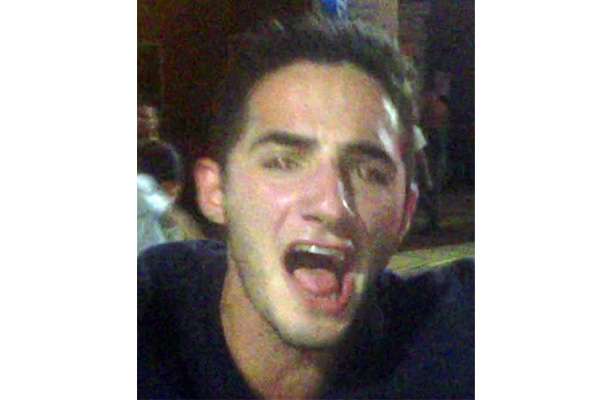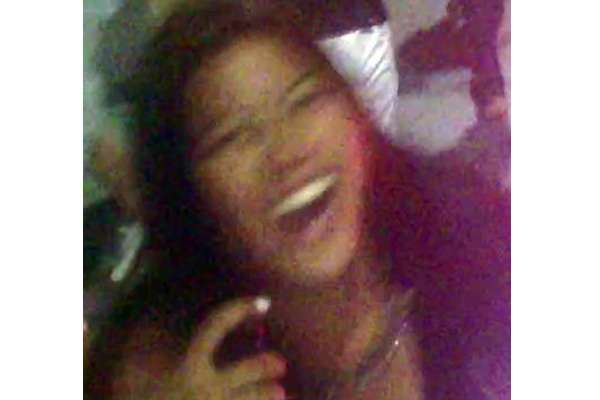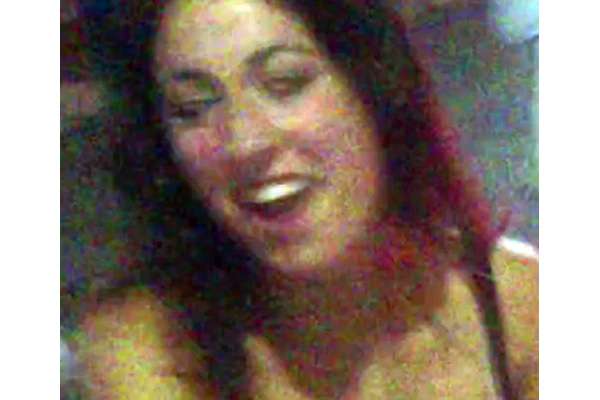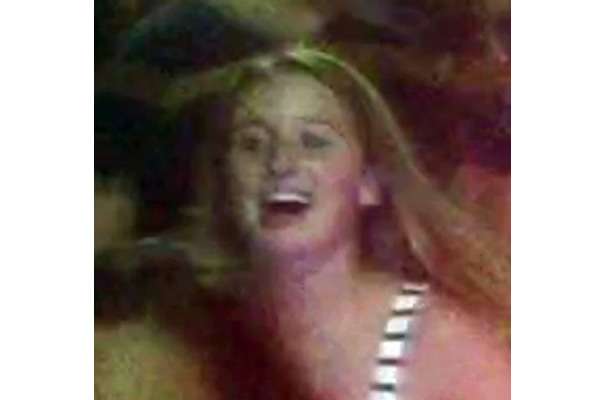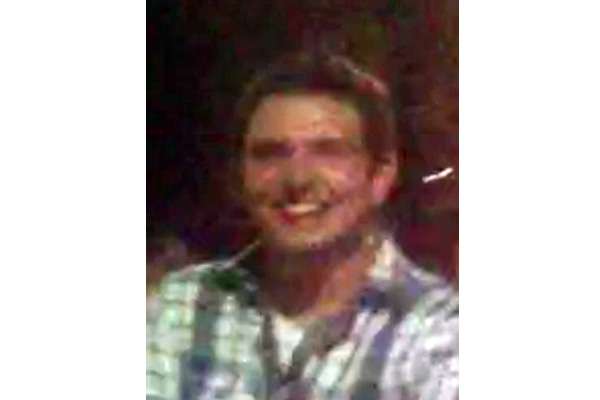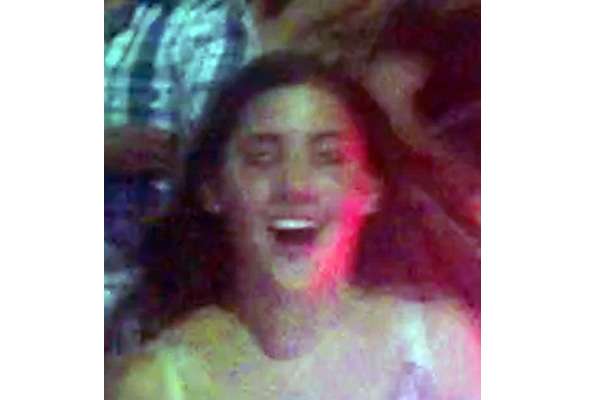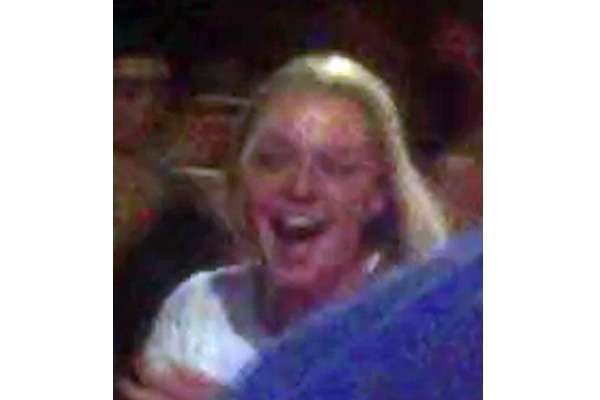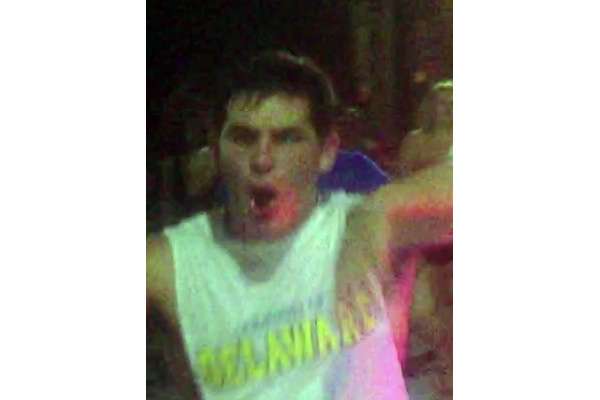Proof that computer science guys can be artists too
One of the most brilliant works of art on permanent display in Princeton is Ik-Joong Kang’s “Happy World,” with its collection of Princeton memorabilia embedded in tiles that form a mosaic mural in the public library lobby.
Through Oct. 4 at the Lucas Gallery in Princeton’s Lewis Center for the Arts, “Myself, I Think We Should Keep Collecting Titles: An Art Exhibition by David Dobkin” seems like Happy World’s eccentric cousin. It contains an explosion of ephemera from Princeton and beyond, including an orange Conte’s Pizza key chain.
The site-specific installation includes some of what you’d see at a community-wide garage sale: snow globes, popsicle sticks, bottle caps, CDs. But there are also hundreds of photographs of food items, menus, waiters, signs, even phone booths. Dobkin, the esteemed Princeton University Dean of Faculty and professor of computer science, is also a self-identified amateur artist who collects and repurposes tchotchkes from daily life.
Anyone who has collected anything odd knows that once you’ve been outed as a collector, the collection will reproduce beyond control as friends, neighbors and colleagues feel compelled to contribute to the collection.
A repurposed Timex vitrine is filled with snow globes, and boxes and walls of postcards have their own system of organization – it makes you want to sneeze, to clean out your garage, your whole house, your life. Heaven help us if any of our collections ever exploded to this degree.
Reduce, reuse, recycle – has this led to more repurposing, and more hoarding of junk? Two whole walls are filled with photos of people in phone booths – where do we draw the line between collecting and art? When does a concept – photographing people in phone booths – become art?
One wall is covered with a curtain of credit cards, AAA cards, AARP cards, hotel room key cards, all strung on paper clips. There’s a room inside a room – walk inside to a little office whose walls are covered with license plates, circuit boards, telephone carcasses, more phone booth photos and a plastic model of a Big Mouth Billy Bass. On the door, a sign advertises a study: Would you like to see your brain? MRI study: compensation $40-$50 and a high-res, 3D image of your brain! In this fMRI study you will play a computer game involving M&Ms… contact Stephanie…
It makes you never want to buy anything again, and yet who’s to say my junk is any better than your junk? A tie covered with pennies. Pennies are junk. They are worthless even in great volume, unless you melt them for copper.
Notes taped to the wall by some of the contributors: “Dear David, I’ve enjoyed working in your office. As a token of my gratitude I’m contributing some pennies to your collection. Best, Jenny.”
In another letter, the giver refers to a 1909 penny that had originally been kept in an aluminum key ring clip with a lucky horse shoe embossed on it. The aggrandized value we impose on stuff: A statue of the Empire State Building, a Don Mattingly figure, a dinosaur skeleton, toy cars and animal figurines, the Statue of Liberty, a hula dancer, toy teapots, a camera.
All the gifts given to teachers at the end of the year.
“The exhibit required dismantling and reassembling many objects as well as crafting new artworks from vague instructions,” Dobkin writes. “Throughout many years my aesthetic has been encouraged and shaped by numerous conversations with DrLen, Jake the Snake and UncleKen. Numerous friends have contributed phone booth photos, paperweights, pennies, paper tubes, and their company at meals, all of which enhance the show.”
Dobkin, on the faculty since 1981, “researches the application of theoretical tools to the understanding of the processes underlying computation particularly in the geometric/graphical realm.” He is interested in the impact of information technology on society. While earning bachelors and masters degrees from Massachusetts Institute of Technology and a doctorate in applied mathematics from Harvard, he was accumulating all this junk.
“From an early age, I was possessed by a compulsion to collect and organize objects,” he says, “and my art follows this compulsion.”
With no formal training as an artist, he could be considered “self-taught” or “visionary.” According to Joe Scanlan, professor and Director of the Program in Visual Arts at the Lewis Center. “David is a great example of a person whose proclivities are perfectly manifested as works of art, regardless of his formal training. Like many artists, David notices objects and material flows that most people don’t, and he combines them in ways that not only reveal his aesthetics and thought processes, but also spark curiosity in the people who see them.”
The exhibition runs through Oct. 4. The Lucas Gallery, 185 Nassau St., Princeton, is open Monday through Friday from 10 a.m. to 4:30 p.m. Admission is free.
__________________________________________________________
The Artful Blogger is written by Ilene Dube and offers a look inside the art world of the greater Princeton area. Ilene Dube is an award-winning arts writer and editor, as well as an artist, curator and activist for the arts.
WHYY is your source for fact-based, in-depth journalism and information. As a nonprofit organization, we rely on financial support from readers like you. Please give today.


